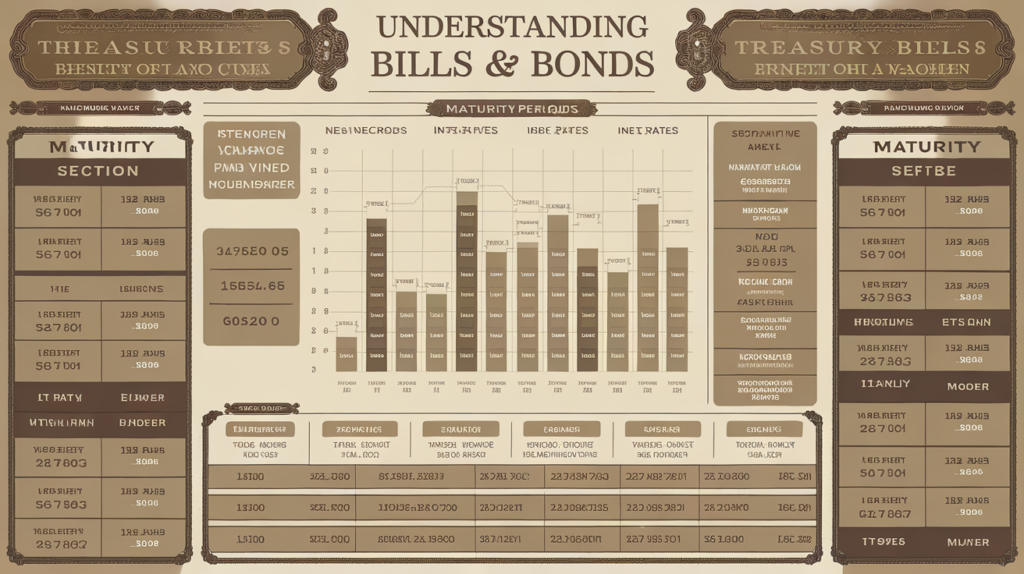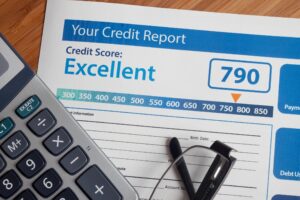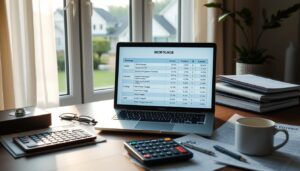Understanding and Preventing Check Fraud: A Comprehensive Guide
Check fraud is a serious issue that can have significant financial repercussions. It involves various deceptive practices such as writing bad checks, stealing and altering checks, or forging checks. At O1ne Mortgage, we believe in empowering our clients with the knowledge to protect themselves from such fraudulent activities. If you need any mortgage services or financial advice, feel free to call us at 213-732-3074. Let’s dive into the details of check fraud and how you can safeguard yourself.
How Does Check Fraud Work?
Check fraud can manifest in several ways, depending on the type of fraud. In some instances, it occurs when someone knowingly writes a bad check—one for more than the amount they have in their account. Other types of check fraud are more sophisticated and involve criminals forging or altering checks to steal money.
Types of Check Fraud
There are several types of check fraud, each with its own unique method of deception:
Paper Hanging
This involves intentionally writing a bad check and exploiting the time it takes for checks to clear, known as the “float.” The check writer might receive the products or services they pay for with the check, and the recipient doesn’t realize that the check will bounce until it’s too late.
Check Kiting
Check kiting involves writing bad checks and using multiple accounts to cover the amounts temporarily. For example, a person might write a bad check from Bank A and then cover that amount by writing a bad check from Bank B and depositing it into Bank A. This cycle can continue until the person has enough real money to cover the amount or until they “bust out” by withdrawing cash or using the card.
Check Washing
Criminals might steal a check from a USPS box, carrier, or your mailbox and then wash the check with chemicals to keep the signature while erasing the amount and payee. They then write in a new amount and address the check to themselves, an accomplice, or a fraudulent identity they created and deposit the check into an account they control.
Check Cooking
Check cooking is similar to check washing, except the criminals scan the check and use software to alter it before printing a counterfeit check. This method can bypass some security measures that prevent check washing.
Check Theft and Forgery
Rather than altering a stolen check, criminals might steal or print blank checks and then forge a signature.
How to Avoid Check Fraud
To protect yourself from check fraud, follow these guidelines:
Don’t Write Bad Checks
Never knowingly write a bad check—it’s illegal and could lead to significant fines and jail time. Even if you accidentally write a bad check, you could face additional fees when the check bounces.
Monitor Your Checking Account
Regularly monitor your checking account for any unusual transactions. This can help you catch fraudulent activities early and take appropriate action.
Use Different Payment Methods
Consider switching to a credit or debit card or peer-to-peer payment apps instead of sending checks. Many banks and credit unions also offer free online bill pay that you can use to pay your bills.
Write Checks with a Black Gel Pen
Fraudsters might have trouble washing the ink of a check if you use certain types of pens. For instance, Uni-Ball claims its pens with Super Ink can protect you from check fraud.
Don’t Mail Checks from Home
If you mail a check, try to drop it off directly at the post office or in a mailbox that will be checked before the end of the day.
Check Your Mail Daily
Regularly check your mail to ensure no one steals a check or other mail from your box. You can use the free USPS Informed Delivery to get emails with images of your mail for the day.
Hold Your Mail When You’re Away
You can also ask the USPS for a mail hold if you’re going to be away for under 30 days.
Protect Yourself from Fraudulent Checks
Be aware of people who try to pay you with a fraudulent check. This can be a common tactic in certain types of scams, such as overpayment scams and employment scams.
The specifics can vary depending on the fraudster’s angle. You might be trying to buy electronics, a puppy, or a vehicle from an online marketplace. Or, you might see a posting for a job and even go through several rounds of interviews. But you’ll know it’s a scam when the person or company sends you a check for more than the intended amount.
They might claim they accidentally overpaid and ask you to deposit the check and send them back the extra. However, even if it looks like the check clears and the money is in your account, it’s almost certainly a fraudulent check. A few days or weeks later, your bank might inform you that the check bounced. By then, the other person is long gone with the money you sent them.
What to Do if You’re the Victim of Check Fraud
Your next steps will depend on the type of check fraud:
If Someone Stole and Washed or Cooked One of Your Checks
Contact your bank and file a police report. Fortunately, your bank will likely have to reimburse you for any lost funds. However, that might take weeks or months. If you’re having trouble getting reimbursed, you can look up your bank’s regulator on HelpWithMyBank.gov and file a complaint.
If You Sent Someone Money After Depositing a Fraudulent Check
Scammers make a full-time job out of deceiving people, and some are very good at it. You can try reporting the fraud to whatever organization you used to send them money and see if you can reverse the transaction. But if you sent the scammer cash, a gift card, cryptocurrency, or a wire transfer, or it’s been more than a few days since you sent them money via a different method, you might not be able to get your money back.
You can also report any check fraud to help organizations track fraud groups and protect others. The Federal Trade Commission runs ReportFraud.ftc.gov, and the FBI has an Internet Crime Complaint Center.
Monitor Your Credit and Identity
Check fraud won’t necessarily affect your credit. But criminals who steal checks from your mail or scam you into sending them money might also collect other personal information and try to steal your identity. Use a credit monitoring tool—Experian offers free credit monitoring—to get notified if someone applies for credit in your name. There are also identity protection programs, such as Experian IdentityWorksSM, that monitor additional databases and can help you recover your identity.
At O1ne Mortgage, we are committed to helping you protect your financial well-being. If you have any questions or need assistance with mortgage services, don’t hesitate to call us at 213-732-3074. Stay vigilant and safeguard your financial future.







